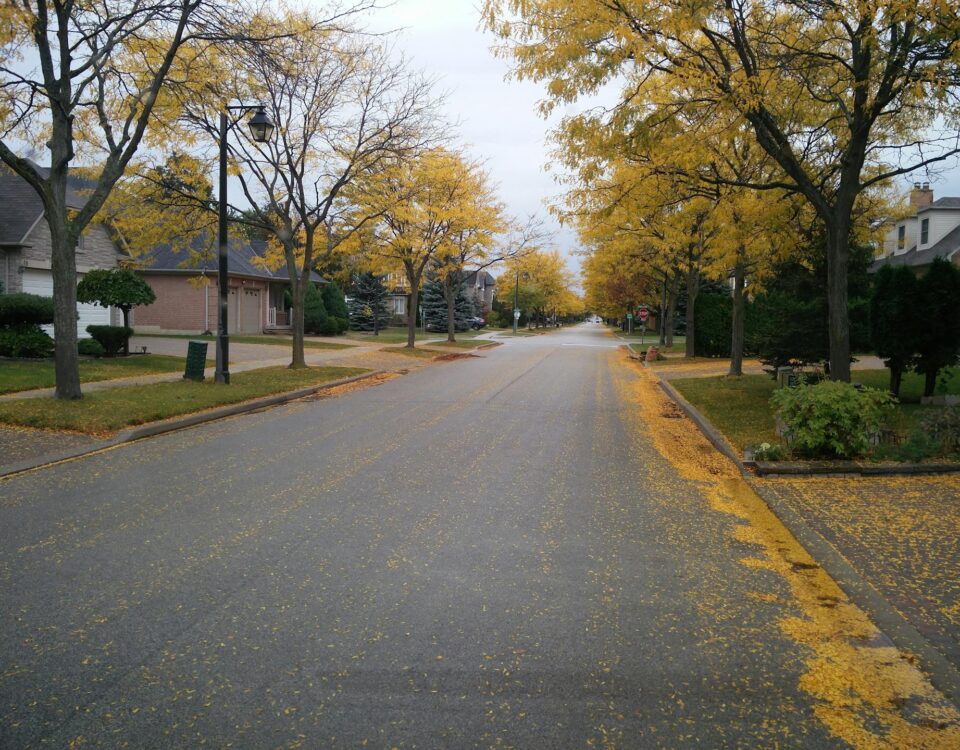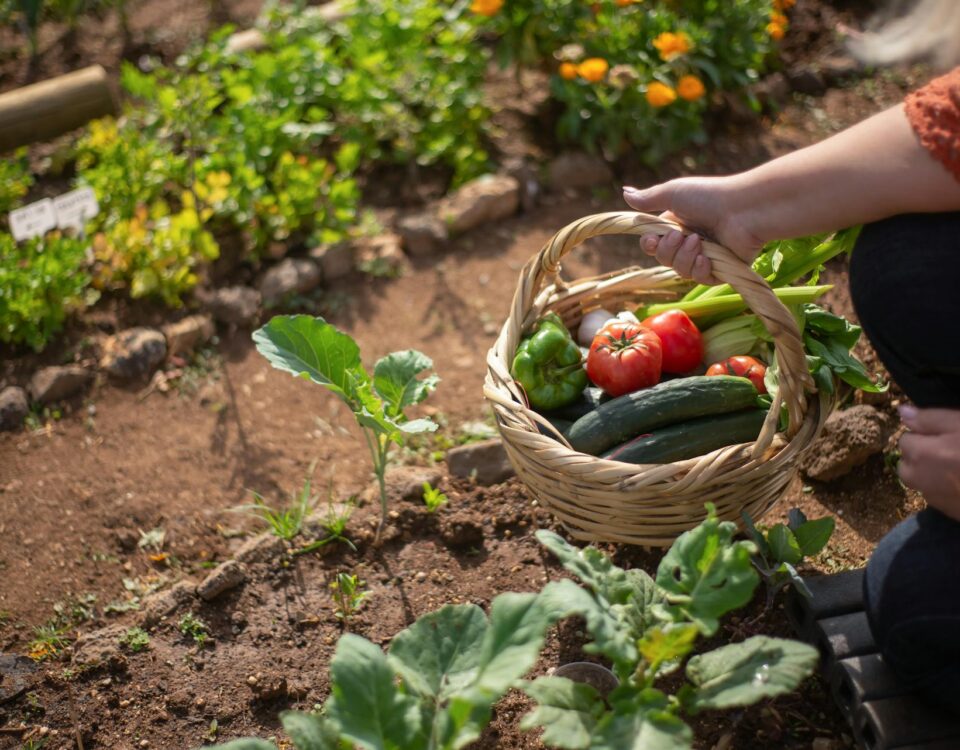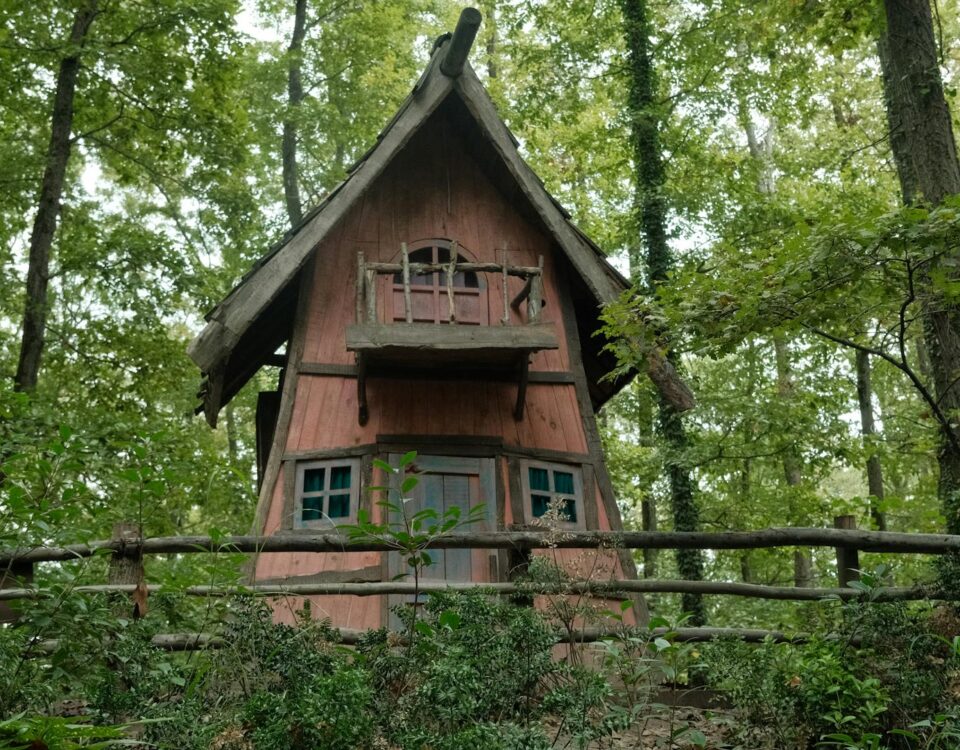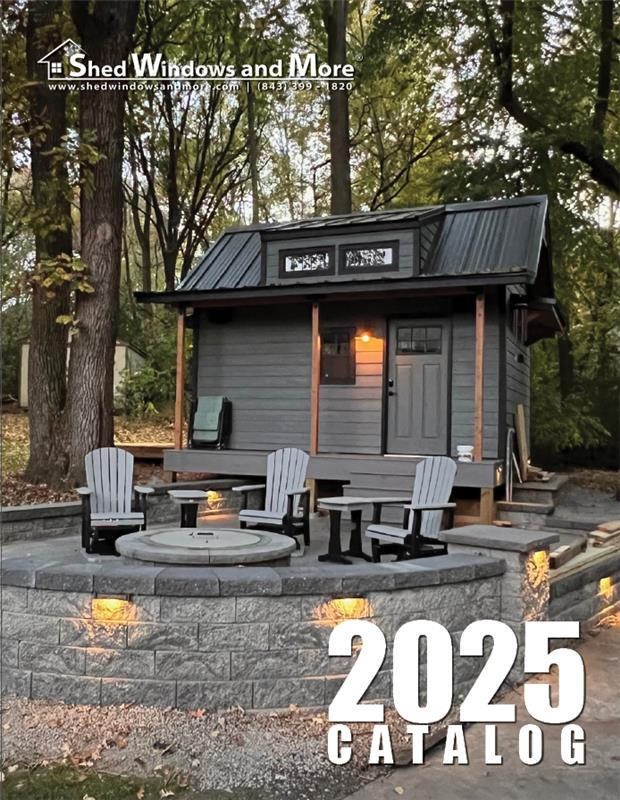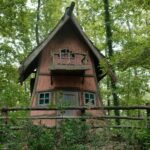
Build a Treehouse This Summer
June 5, 2025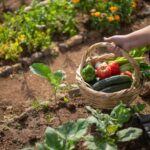
Preserve Food to Lower Your Grocery Bill
August 7, 2025Reap the Benefits of a Bee-Friendly Garden
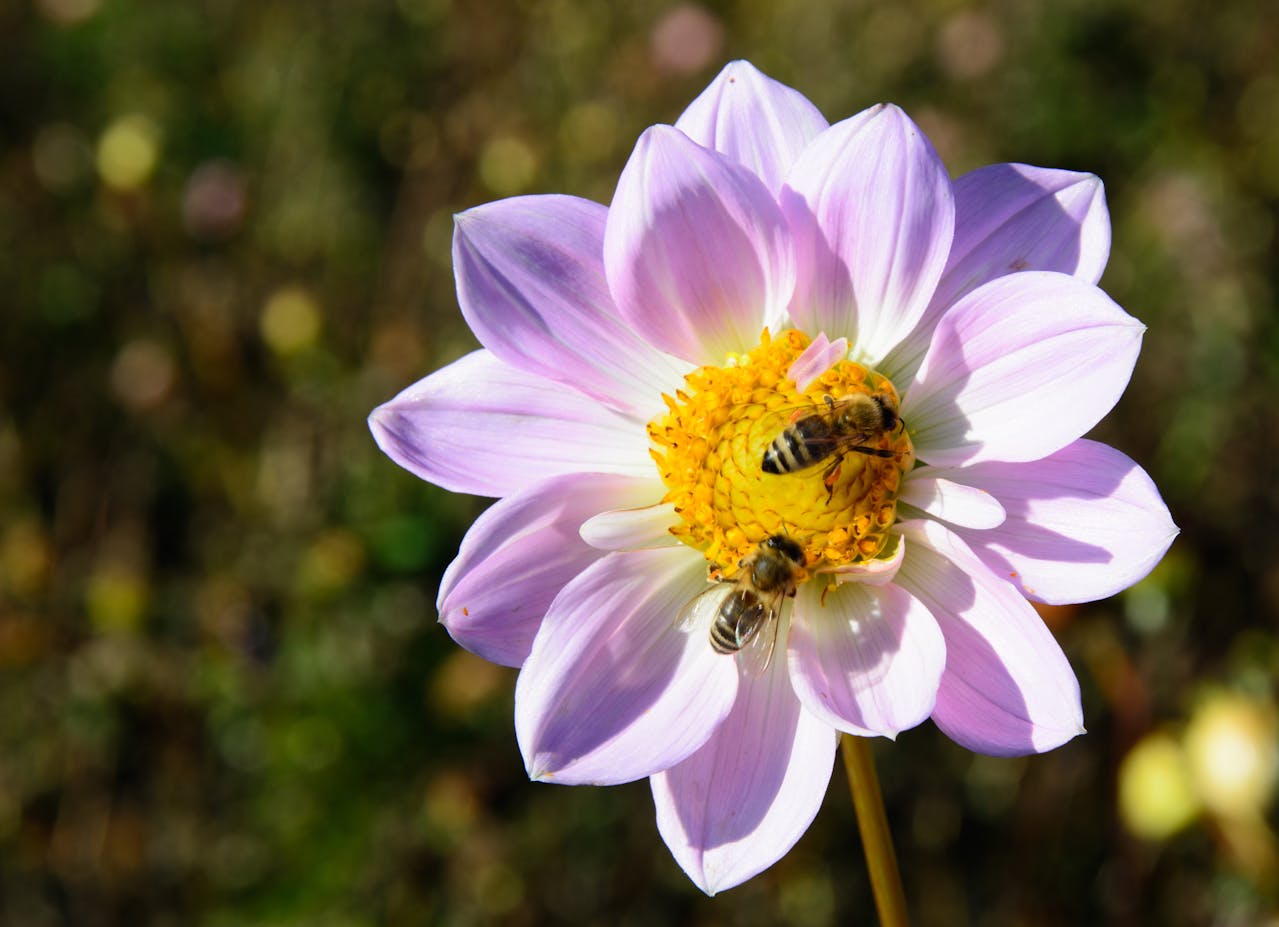
Why would you want to create a bee-friendly garden? There are so many great reasons for encouraging bees into your garden. Creating a bee-friendly garden benefits your garden and the general environment.
Bee Garden Benefits
Bees are essential pollinators for many plants, including many fruits, vegetables, and flowers. When you attract bees, you ensure that your plants are pollinated adequately, which leads to better fruit and seed production and a better harvest. Bees contribute to enhanced garden and health, and biodiversity.
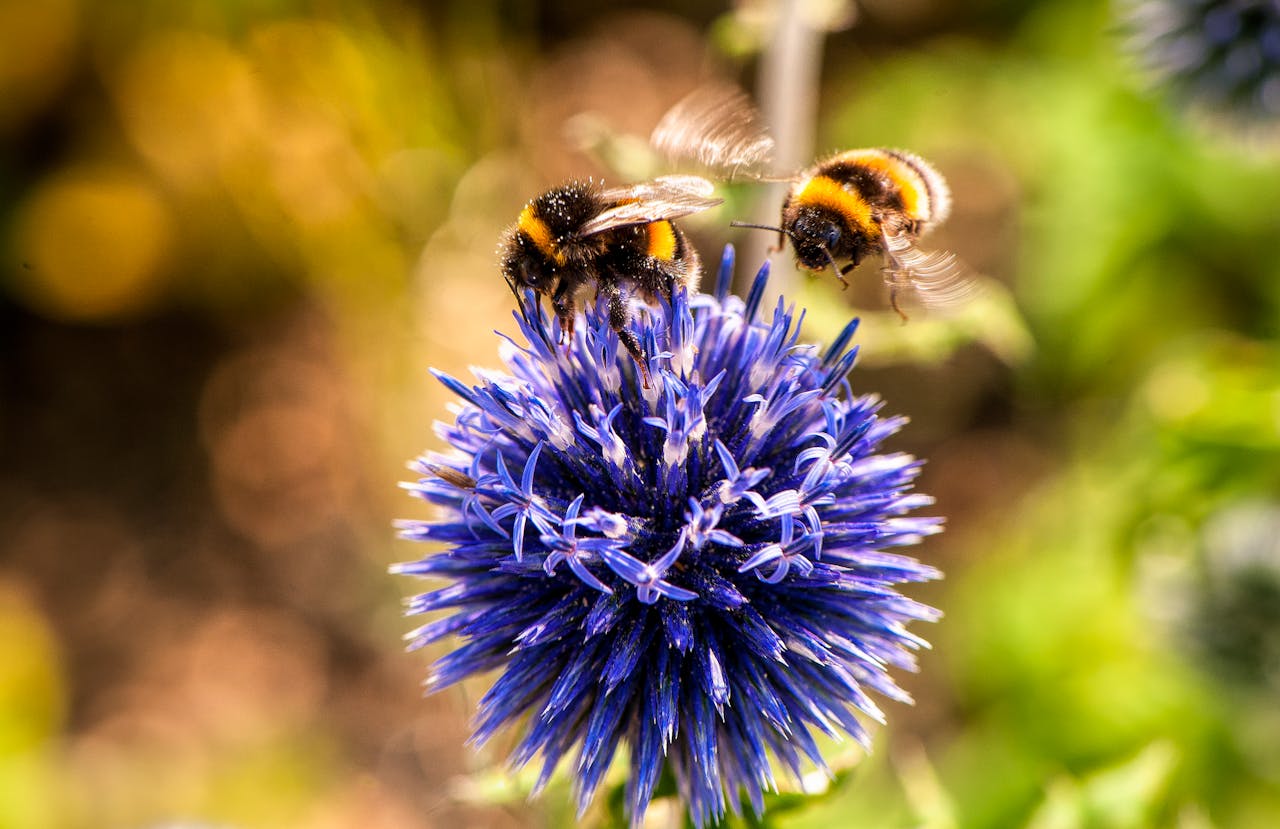
Bees help plant genetic diversity through cross-pollination, which gives us stronger and healthier plants that are more resilient to disease and pests. A diverse garden filled with blooming plants supports a larger group of beneficial insects and wildlife, lending to a more balanced and thriving ecosystem.
Bees help us reduce our need for chemical pesticides, which is good for plants, wildlife, and human health. A healthy and diverse garden with a thriving bee population attracts natural predators, which can help control pests, reducing pesticide use, which can harm bees and other pollinators.
Bees Benefit Our Environment
Bees contribute so much to our environment in their short lives. When you create a bee-friendly garden, you are building a much-needed food source and habitat, contributing to the overall health and survival of bees, which are vital pollinators. This is vitally important since bee populations are declining globally due to habitat loss, pesticide use, and climate change.
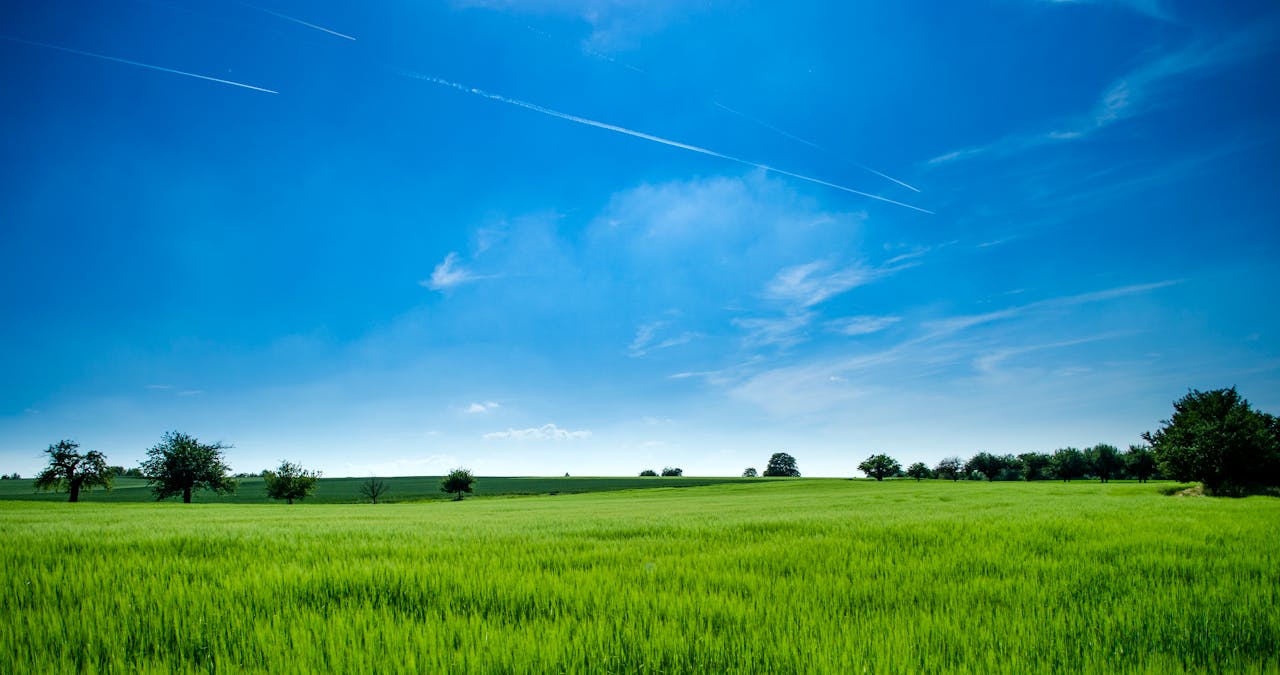
Bees contribute to overall enhanced air and water quality. Plants naturally improve air quality by absorbing pollutants, and bee-friendly gardens with diverse plantings contribute to the process. Native plants often have deeper root systems, which can improve soil health, prevent erosion, and enhance stormwater management.
Bee-friendly gardens provide us with climate resilience by absorbing heat and reducing the heat island effect, as well as helping stormwater management.
A bee-friendly garden can promote biodiversity. Bees have a critical role in supporting plant diversity, which then supports a wider range of wildlife. Creating a bee-friendly garden helps to sustain biodiversity, which is crucial for a healthy and resilient ecosystem.
Choosing Bee-Friendly Plants
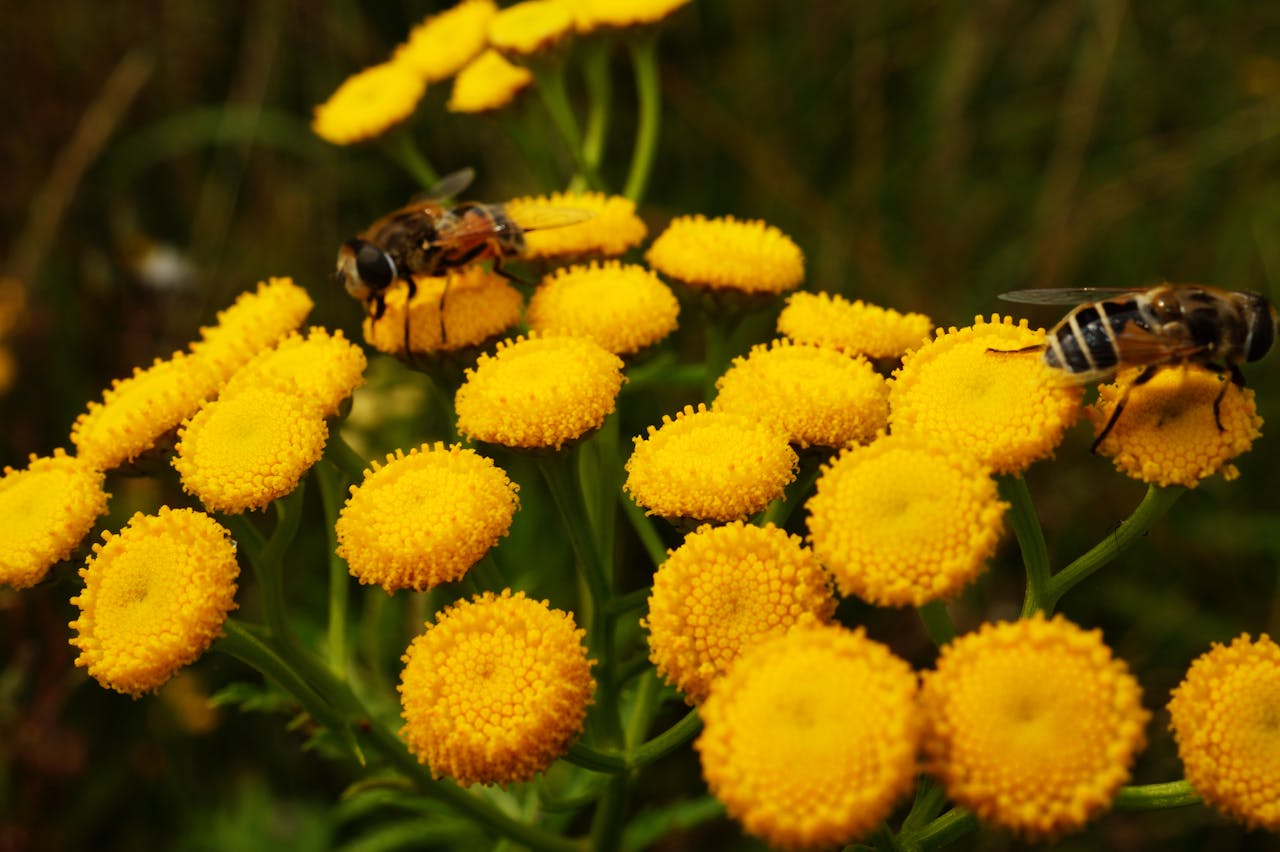
Choosing the best plants for your bee-friendly garden is the first step.
Think Native Plants: interestingly, native plants are usually four times more likely to attract bees than non-native plants. Native plants provide specialized pollen that local bees depend on for survival. Consulting your local garden center, Farm Bureau, or college agriculture department will give you some good pointers.
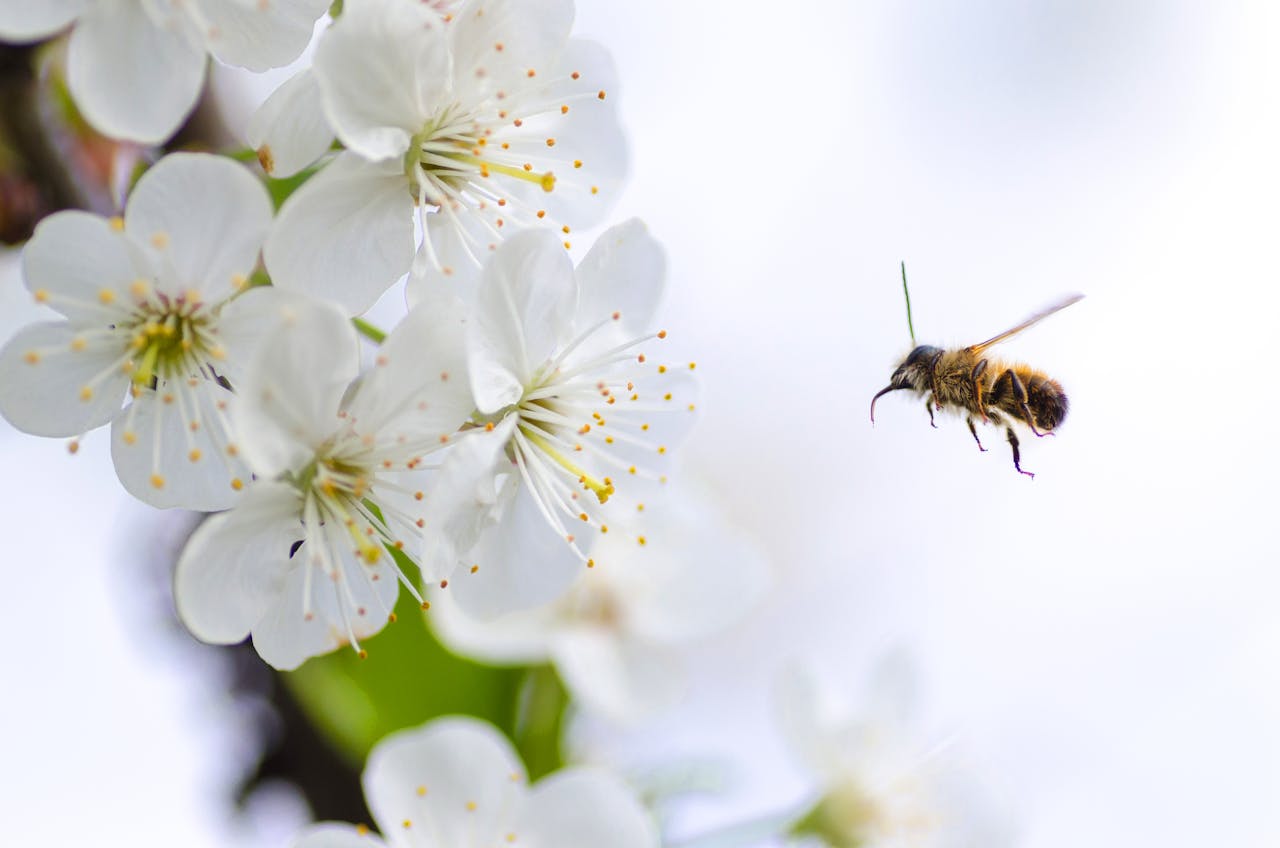
Choose Plants Rich in Nectar & Pollen: Plants that are rich in nectar and pollen give bees the nutrients they need to thrive:
- Flowers: Bee Balm, Lavender, Zinnias, Marigolds, Echinacea, Asters, Sunflowers, California Poppies, Russian Sage, and Coreopsis, to name a few.
- Herbs: Rosemary, Mint (be careful where you plant mint since it can be invasive), Thyme, Borage, Anise, Sage, Dill, Basil, and Oregano, to name a few.
- Vegetables: Beans, Peas, Onions, Peppers, Zucchini, Melons, Cucumbers, Eggplants, Tomatoes, Squash, and Pumpkins, to name a few.
- Shrubs: Ceanothus, Western Redbud, Coffeeberry, Holly-Leaved Cherry, and many more.
- Trees: Apple and cherry trees are liked the best by bees.
Choose Plants with Different Bloom Times
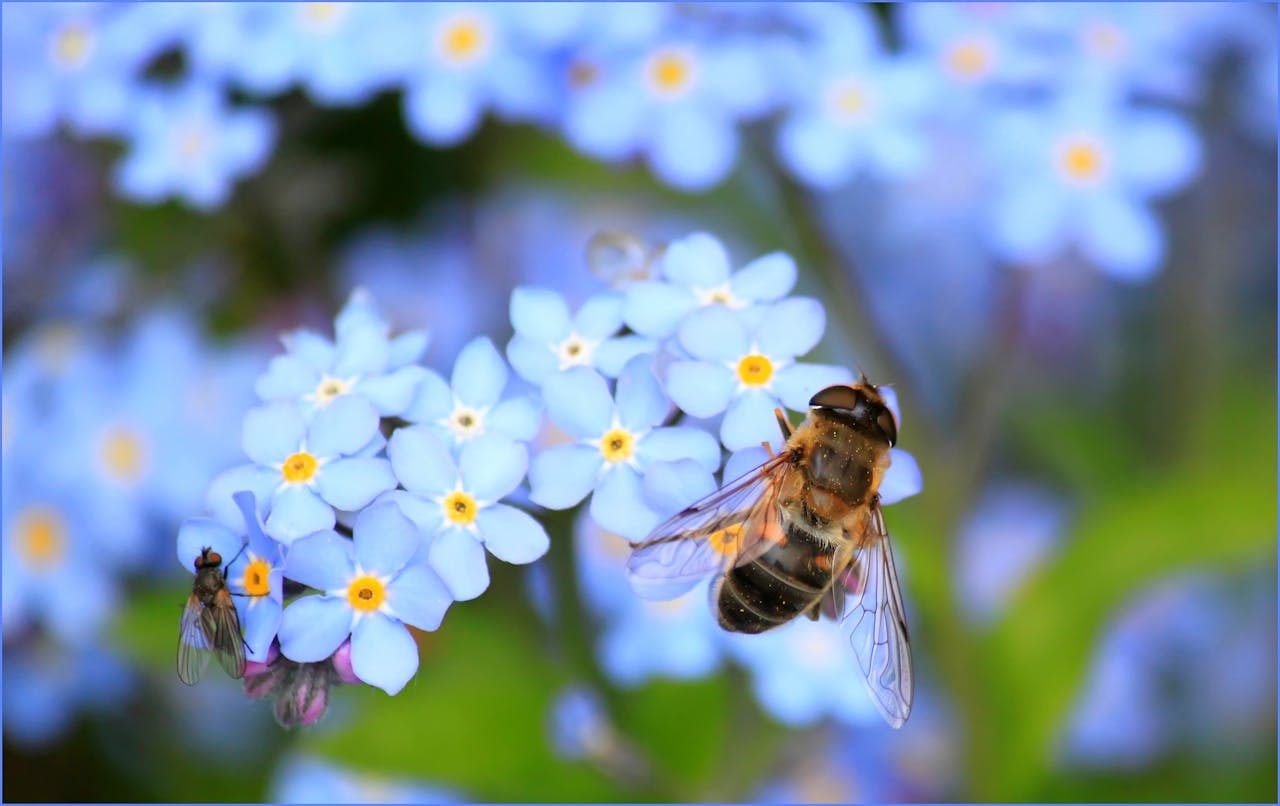
Selecting different bloom times gives you a bee-friendly garden. Having varying bloom times ensures bees a continuous food source throughout the seasons, especially March to September. Below are some suggestions for plants with different blooming periods:
- Early Spring: Crocus, Snowdrops, Bluebells, Willow, Grape Hyacinth, Maple, an Pussy Willows, to name a few.
- Mid-Season: Anise Hyssop, Black-Eyed Susans, Coneflowers, Catmint (this can be invasive), Cleome, Penstemon, Milkweed, Bee Balm, Coreopsis, Daisies, Phlox, Gaillardia, and Yarrow, to name a few, and many of which are wonderful cut flowers.
- Late-Season: Aster, Goldenrod, Sedum, Ironweed, Joe-Pye Weed, Rudbeckias, Helianthus, Dahlia, Sunflower, Calendula, Zinnia, to name a few, and many of which are wonderful cut flowers.
- Winter: Winter Honeysuckle, Aconite, Evergreen Clematis, Hellebore, Oregon Grape, Strawberry Tree, Aconite, to name a few.
How to Create a Bee-Friendly Garden
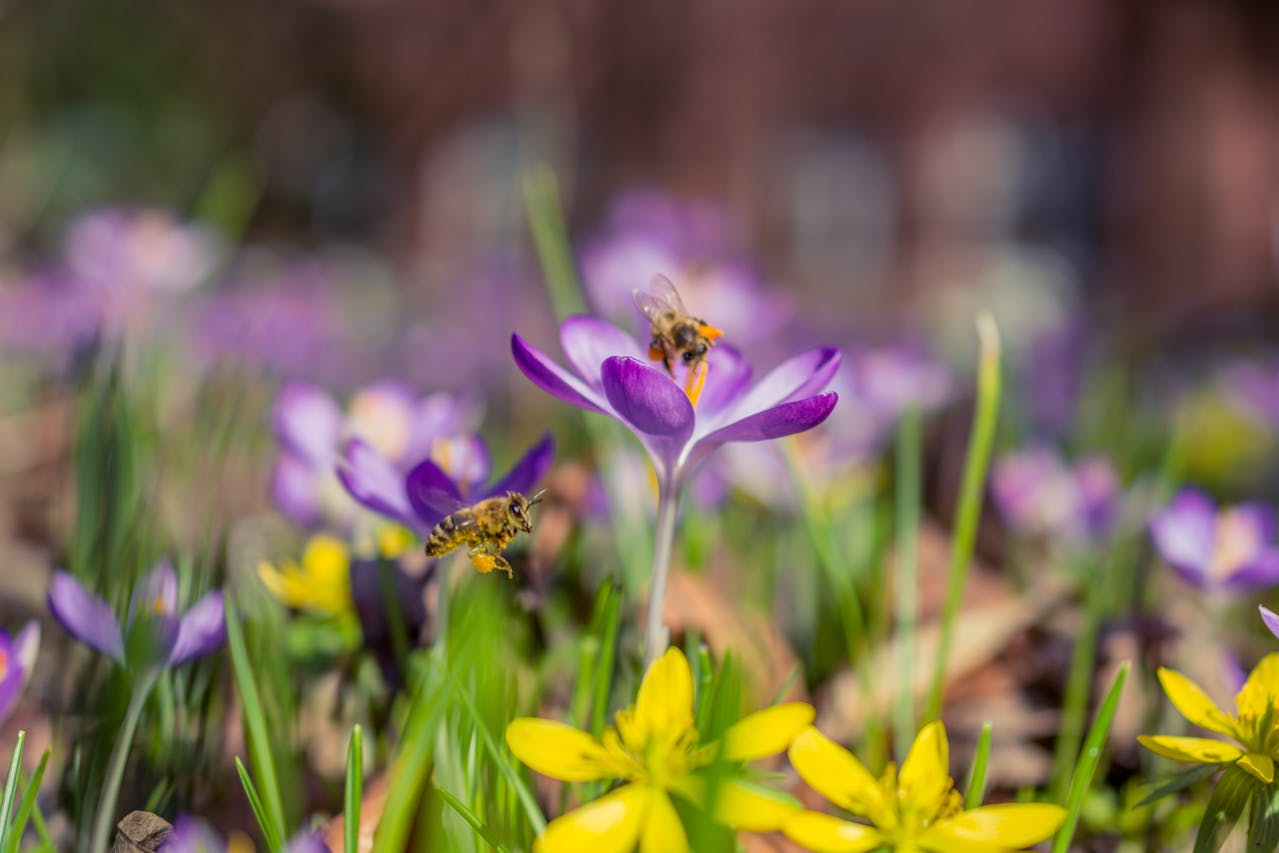
Be sure to provide a shallow water source with rocks or stones for bees to land on, which is essential for their hydration. A birdbath can work if you add stones for them to land on. Offer nesting sites of bare ground for ground-nesting bees because they can’t dig through mulch.
Allow some weeds to grow, such as dandelions and clover, because they are an important food source for bees. Leave some fallen leaves and stems on the ground. These can provide shelter and nesting opportunities for bees. Consider planting windbreaks. Bees are buffeted by wind, so adding windbreaks can create a more favorable environment for bees.
Kind Gardening Practices for Bees
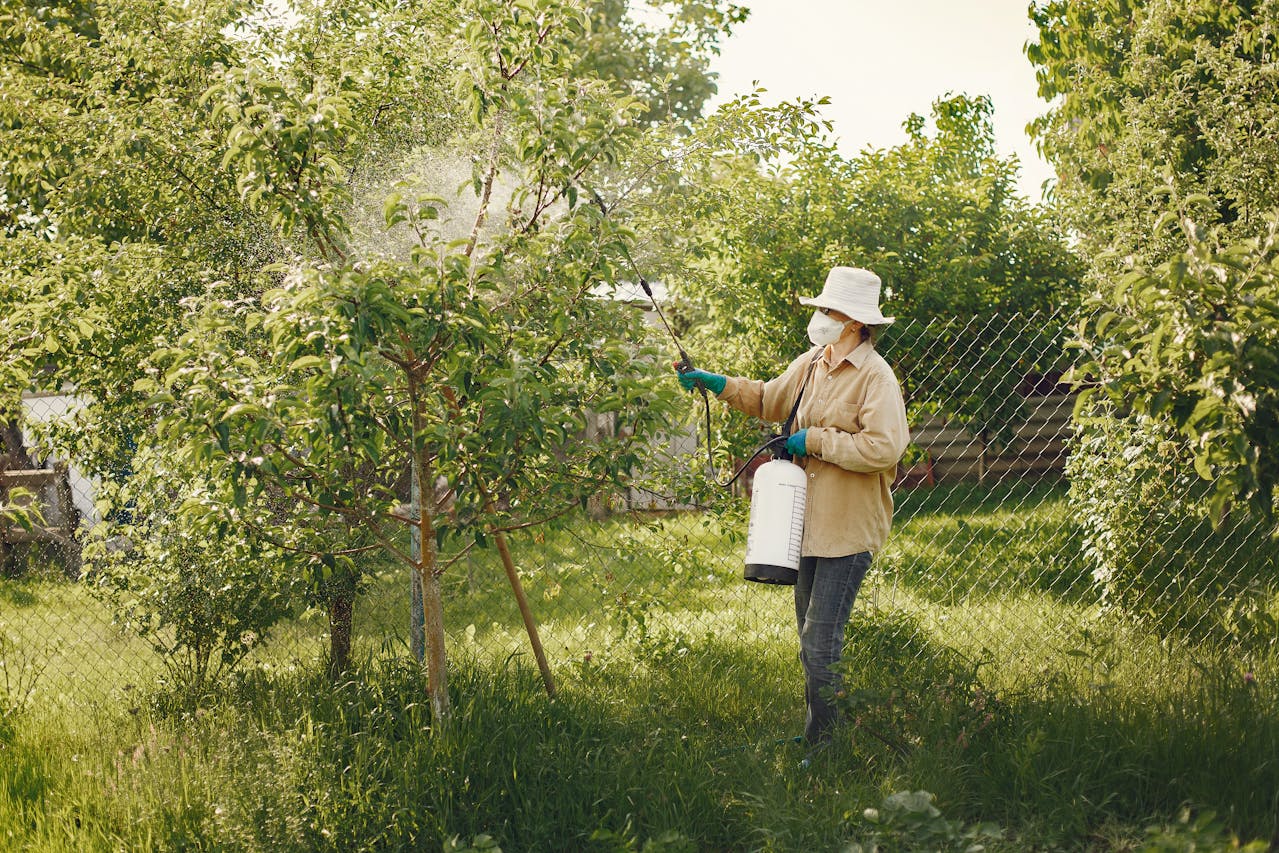
Avoiding pesticides since pesticides are harmful or lethal to bees. Opt for organic or natural pest control methods instead. Limit mowing and weeding because this allows flowering weeds to grow and provide additional food for bees.
Maintain your plants by watering them regularly, especially during dry periods, to ensure they produce abundant nectar. Remember to deadhead spent flowers will encourage flowers to bloom and extend the blooming period. Provide small pockets of shade that offer bees a place to rest and cool down.
Bee-Friendly Gardens Promote Habitat
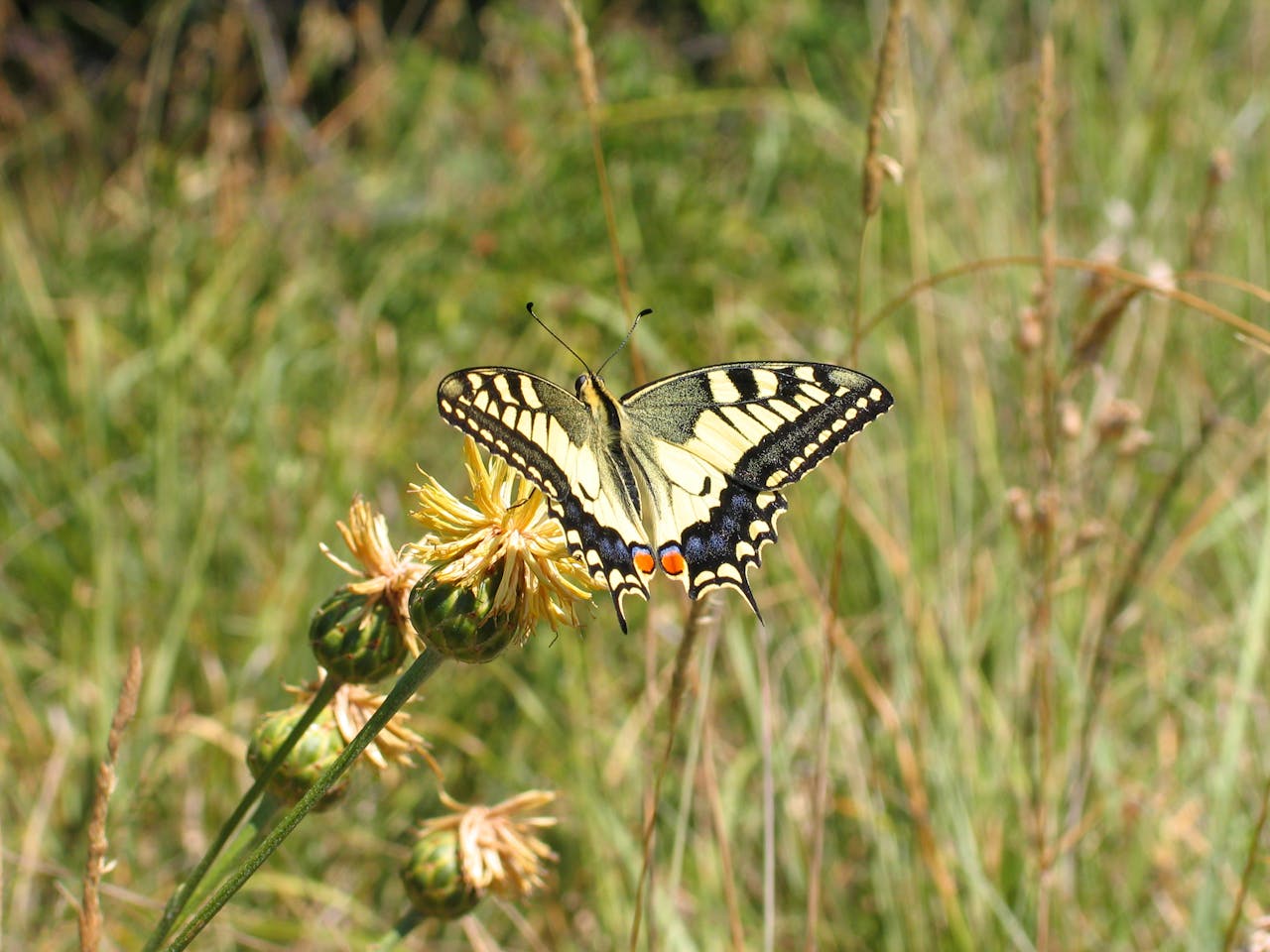
When you create a bee-friendly garden, it also benefits other pollinators such as butterflies and hummingbirds. Diversity in plant choices is important to support a wide range of bee species and other pollinators. Watch the bees in your garden to see what plants they prefer and adjust your garden planting accordingly. Have fun planting a bee-friendly garden this year and see your garden thrive!

